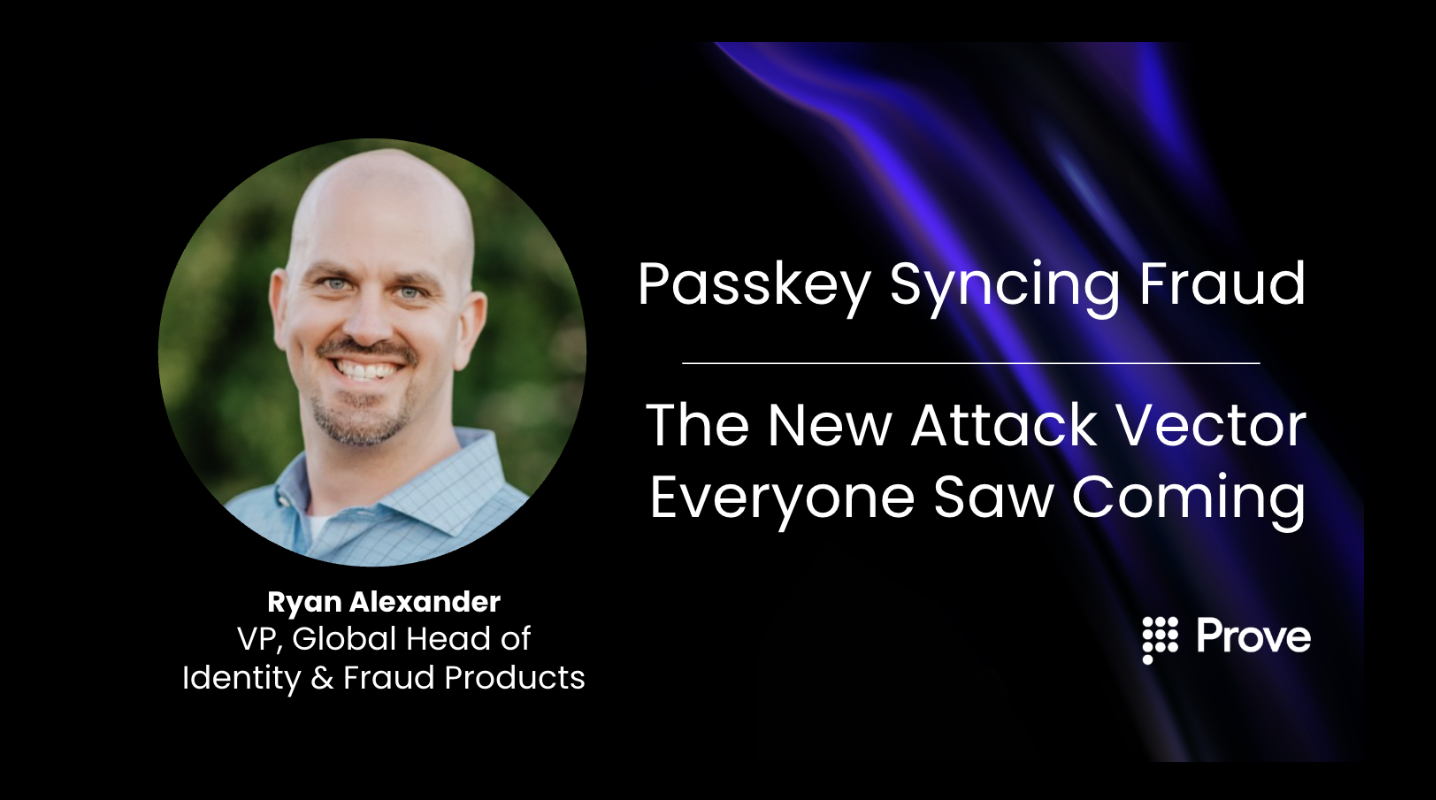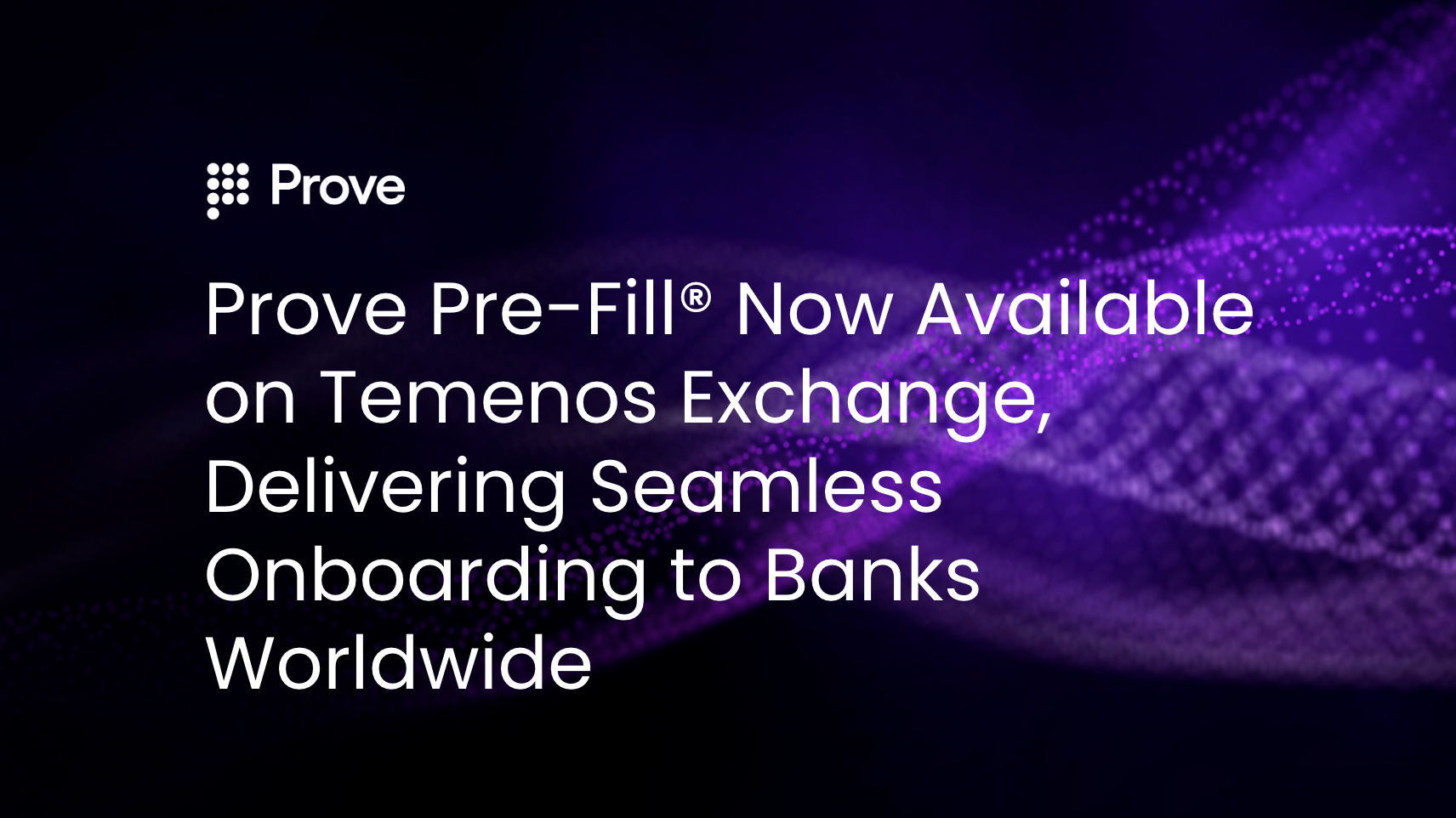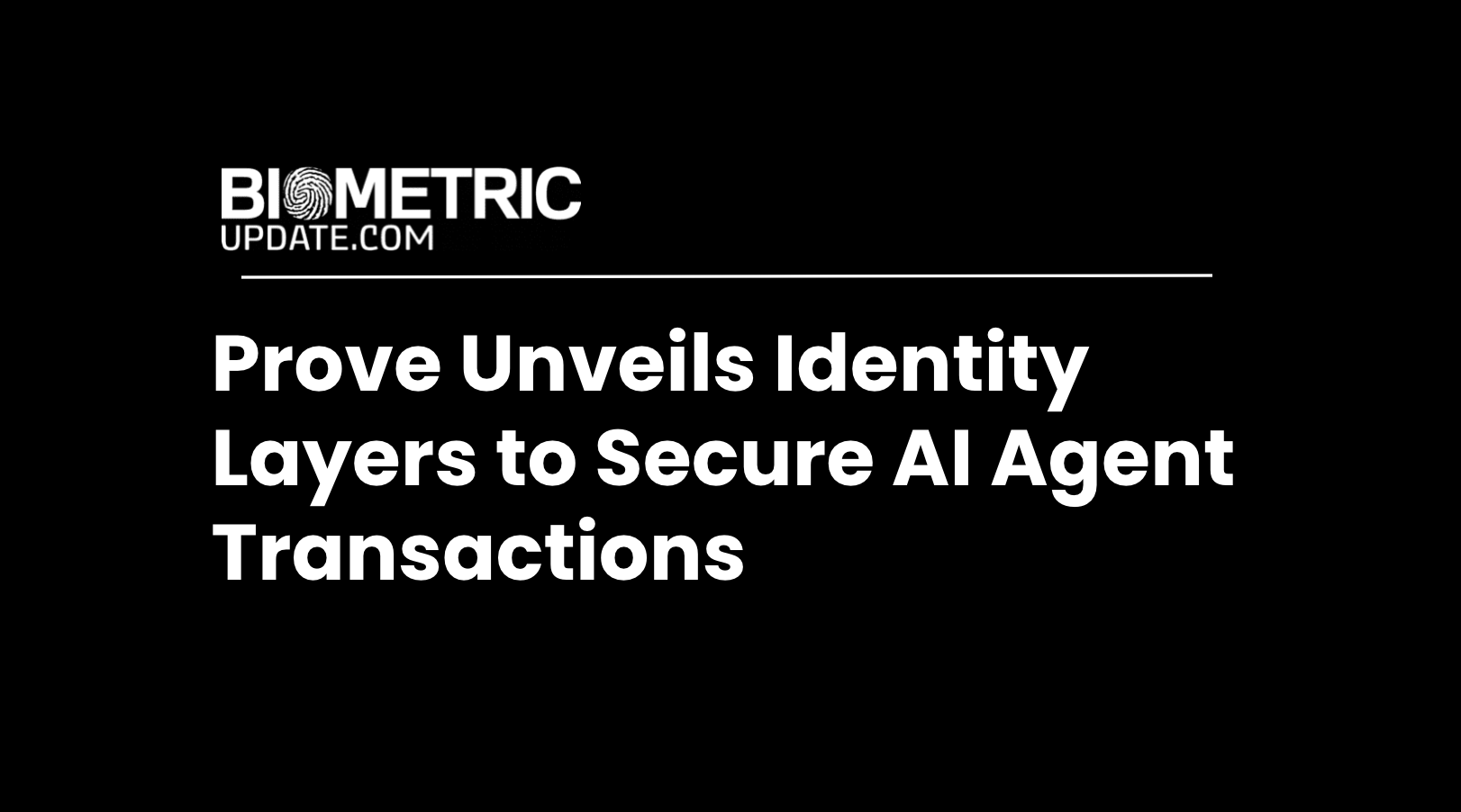Powering Financial Inclusion Using Alternative Data – A Framework


India has 63 million MSMEs contributing 31.6% of the GVA and employing 111 million people across all sectors. Yet, an important barrier to these engines of growth remains the lack of access to formal financing channels. A recent study released by Omidyar-BCG estimates that 40% of MSME lending is through the informal money markets.
Many businesses and their owners may simply have no record with the credit bureaus (the so-called ‘no-hit’); or if they return a file, there may be limited historical indebtedness (a few ‘trade-lines’) to infer anything significant from the data (the so-called ‘thin file customers’). In these cases, lenders lack a reason to take an affirmative call about the credit. This lost opportunity to unlock good credit prospects is a social loss because borrowers that have the capacity to pay but not the ability to signal that capacity are potentially caught in a vicious cycle of informal credit. Lenders also lose out on a potential source of revenue. To illustrate the potential loss in the Indian context, consider this: data reveals that a lender focused on MSMEs had 49% of its credit bureau pings return a ‘no hit’ in the past three months. Another lender with a bias towards retail urban credit also had 25% of its credit bureau pings return a ‘no hit.’
One solution to this credit conundrum is to infer the creditworthiness of the customer from alternative data like his/her payments history. A customer may not have formal historical indebtedness but there is a good chance that he/she has a payments trail across a range of counter-parties like electricity & water suppliers, telecom service providers, and even landlords.
However, in the current policy ecosystem, utilities and telecom service providers are not subject to any regulatory mandate to supply such data. Furthermore, even if regulators create a framework within which utilities and telecom service providers supply such data to the credit bureaus, it is important that they have commercial incentives to share such data so that the model is sustainable.
This article will highlight how such payments data can be leveraged based on market practice; suggest the necessary regulatory changes necessary for credit bureaus to extract this information; and finally, discuss potential commercial models between the utilities/telecom service providers that can work.
Payments Data: What to Look For & Supply-Side
In mature credit information markets, such as the United States, where a framework for aggregating payments data exists, market participants report that (utility) payments data offer a good indicator of delinquency. For a 12-month utility payment data, a lender can calculate:
- No. of delinquent occurrences
- Most recent multi-month delinquency
- Longest delinquency
It can further be used to observe payment behavior based on the following data points:
- Average advanced payment date if any
- Average monthly utility payments
- No of on-time utility payments
The supply-side ecosystem here comprises specialized credit bureaus partnered with payments-data aggregator platforms on a user-permissioned basis to analyze and award a credit score to the customer that can be presented to the lenders.
Potential Legal & Commercial Framework for India
The applicable law will have to be modified in two important respects to make payment data regarding utilities and telecom service providers available to the credit bureaus. Based on the review of applicable law, Credit Information Companies Act, 2005, and regulations, these modifications are two-fold as follows:
- Amend the definition of ‘credit information’ under section 2(d) of the Act by an RBI notification to that effect* to include information in connection with payments made by the customer to electricity & water utilities and telecom service providers.
- Amend the definition of ‘credit institution’ under section 2(f) of the Act by an RBI notification to that effect** to include specified electricity & water utilities and telecom service providers as ‘credit institutions’ for the purposes of the Act.
- Finally, tertiary and incidental changes may be required in respective sectoral laws of utilities and telecom service providers.
Furthermore, utilities and telecom service providers (as also any other alternative data furnisher that might emerge in the future) will need to have commercial incentives to be motivated to share data with the bureaus. To that end, parties may rely on two alternate models broadly described below:
- Fee-based, which pays the furnisher a predefined flat fee for sharing data with the credit bureau.
- Fee + upside model, which introduces ‘skin in the game’ incentives for the utility and telecom service furnisher of data based on how the portfolio performs relative to time.
In both cases, the credit bureaus may disperse the additional costs among its member universe that benefit from this data.
Notes:
* = Section 2(d)(v) of the Act empowers the RBI to notify any other matter as ‘credit information.’
** = Section 2(f)(vii) empowers the RBI to issue a notification to that effect.
To learn about Prove’s identity solutions and how to accelerate revenue while mitigating fraud, schedule a demo today.

Keep reading
 Read the article: Passkey Syncing Fraud: The New Attack Vector Everyone Saw Coming
Read the article: Passkey Syncing Fraud: The New Attack Vector Everyone Saw ComingPasskey syncing, a feature meant for convenience, has created a new security threat by allowing attackers to compromise cloud accounts and download victims' passkeys. Learn how this fraud happens and the steps consumers and businesses can take to protect high-risk accounts.
 Read the article: Prove Pre-Fill® Now Available on Temenos Exchange, Delivering Seamless Onboarding to Banks Worldwide
Read the article: Prove Pre-Fill® Now Available on Temenos Exchange, Delivering Seamless Onboarding to Banks WorldwideProve Pre-Fill® integrates with Temenos Exchange to give banks worldwide seamless, faster customer onboarding and dramatically reduce fraud.
 Read the article: Biometric Update: Prove Unveils Identity Layers to Secure AI Agent Transactions
Read the article: Biometric Update: Prove Unveils Identity Layers to Secure AI Agent TransactionsProve has launched Prove Verified Agent, a new identity and trust solution tailored to the emerging $1.7 trillion agentic commerce economy. Prove Verified Agent binds verified identity, intent, payment credentials and consent into a single, auditable transaction unit.












